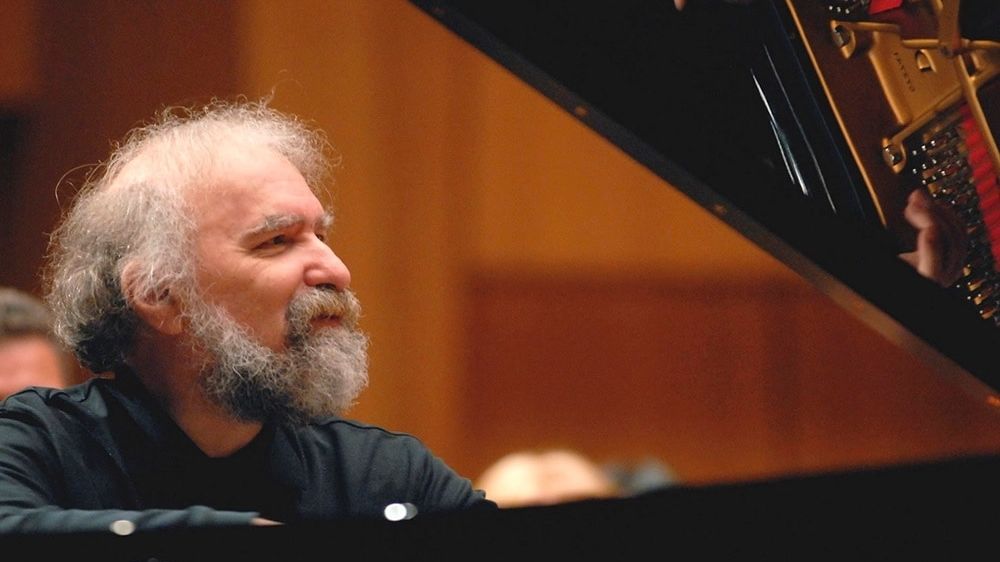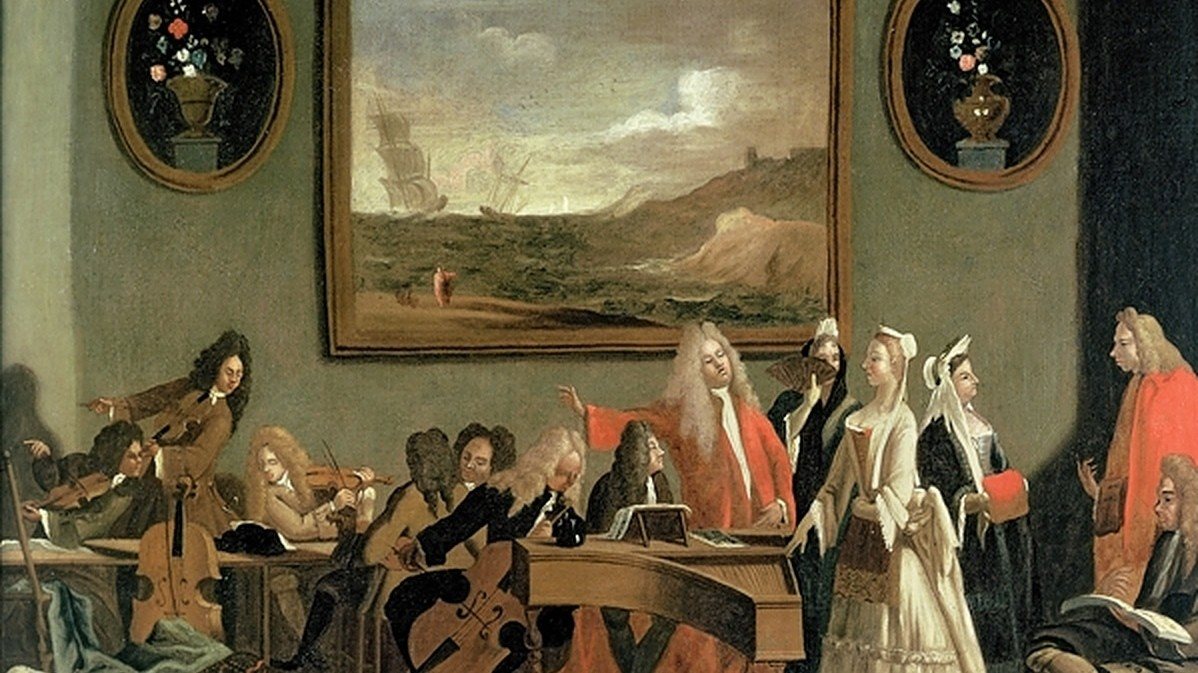Sofia Gubaidulina’s “Fairytale Poem”: The Dreams of a Piece of Chalk
In her youth, the Soviet-Russian composer, Sofia Gubaidulina (b. 1931), was censured by the cultural authorities and urged to abandon her “mistaken path.” It was a path which led far from the conventions of Soviet Realism to explore 12-tone serialism, alternative tunings, and the improvisational Eastern influences of her native Tatarstan. With gratitude, Gubaidulina remembers her 1959 meeting with Dmitri Shostakovich in which the older composer said, “My wish for you is that …







